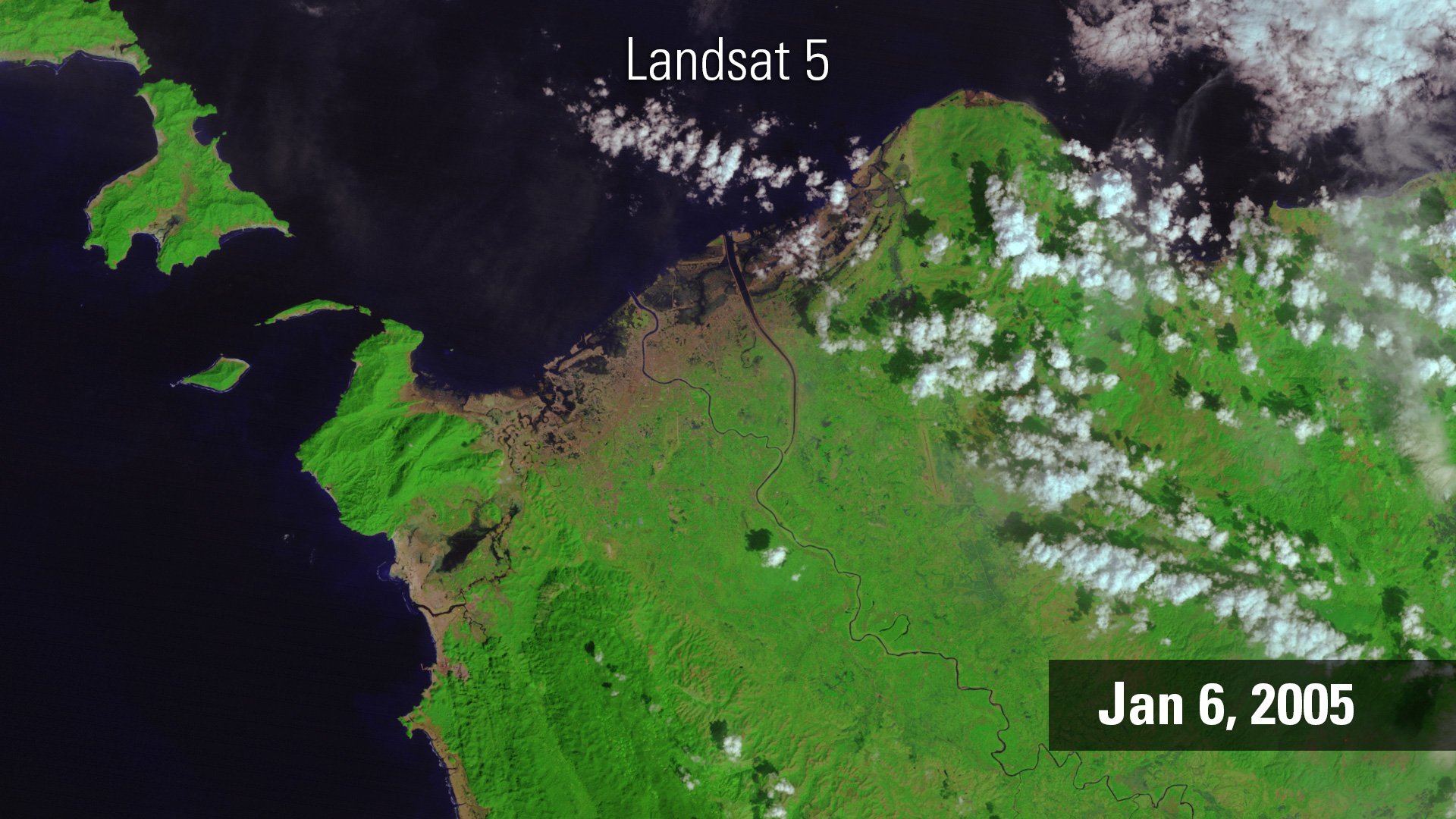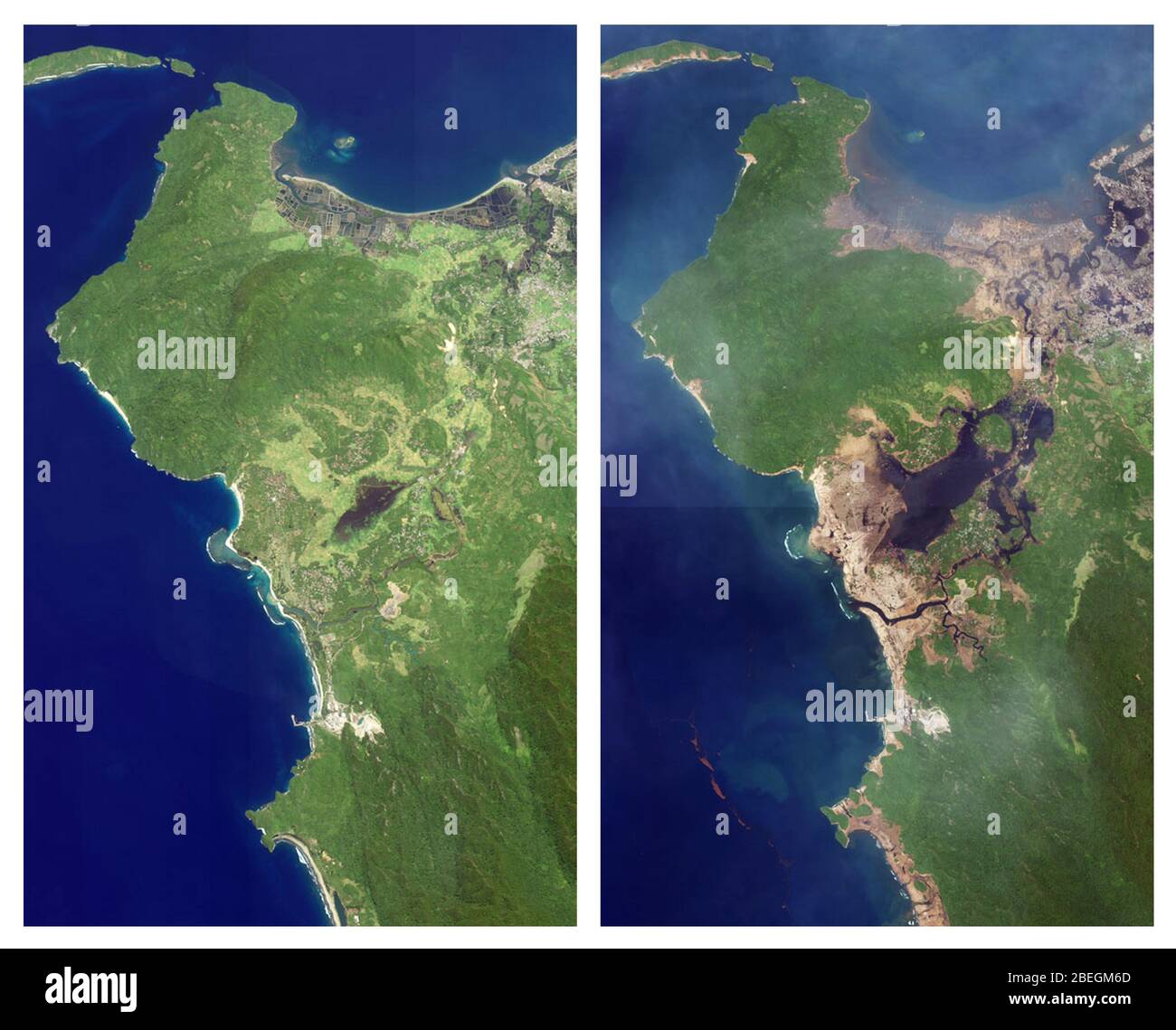Tsunami In Indian Ocean In 2004: A Devastating Wave That Changed The World
It was a day like no other. On December 26, 2004, the world witnessed one of the deadliest natural disasters in recorded history – the tsunami in the Indian Ocean. This catastrophic event left millions of lives shattered and entire communities destroyed. The tsunami in Indian Ocean in 2004 became a grim reminder of nature’s raw power and the vulnerability of humanity. It’s a story that still echoes in the hearts of those who survived and the memories of those who didn’t.
The tsunami struck without warning, leaving devastation in its wake. The sheer force of the earthquake that triggered it was unimaginable, and the waves that followed were nothing short of apocalyptic. Countries like Indonesia, Sri Lanka, India, and Thailand bore the brunt of the disaster, but the ripple effects were felt worldwide.
This article dives deep into the tsunami in Indian Ocean in 2004, exploring its causes, impacts, and the lessons learned. We’ll also look at how communities rebuilt and the global response that followed. So, buckle up, because this is more than just a story – it’s a testament to human resilience and the power of unity.
- Ullu App 2024 Latest Releases More Refer Earn Gold
- Connie Kline Jamie Foxxs Ex Corinne Foxxs Mom What To Know
Table of Contents
- The Cause of the Tsunami in Indian Ocean in 2004
- The Impact of the Tsunami
- Countries Affected by the Tsunami
- Stories of Survivors
- Reconstruction and Recovery Efforts
- Global Response and Aid
- The Importance of Early Warning Systems
- The Science Behind Tsunamis
- Lessons Learned from the 2004 Tsunami
- Preparing for the Future
The Cause of the Tsunami in Indian Ocean in 2004
Let’s talk about the science behind this massive disaster. The tsunami in Indian Ocean in 2004 was caused by a 9.1-magnitude earthquake off the coast of Sumatra, Indonesia. This quake was so powerful that it literally shook the planet. The movement of tectonic plates beneath the ocean floor displaced massive amounts of water, creating waves that traveled at jet-speeds across the Indian Ocean.
Picture this – the energy released by the earthquake was equivalent to over 1,000 atomic bombs. And just like that, the ocean responded with fury, sending walls of water toward unsuspecting coastal communities. It was chaos, and it all happened in a matter of minutes.
Understanding the Earthquake
The earthquake itself was a result of the Indo-Australian Plate being subducted beneath the Eurasian Plate. This process, known as subduction, caused a massive rupture along the fault line. The displacement of the ocean floor was so significant that it triggered the tsunami. Scientists later discovered that the earthquake caused the seafloor to rise by several meters, displacing trillions of gallons of water.
- Explore Adult Web Series More Your Picks
- Discover Hindi Dubbed Movies More Your Guide To Vegamovies 2024
The Impact of the Tsunami
The impact of the tsunami in Indian Ocean in 2004 was nothing short of catastrophic. Over 230,000 people lost their lives across 14 countries. The sheer scale of destruction was overwhelming. Entire villages were wiped off the map, and millions were left homeless.
But it wasn’t just the human toll that was staggering. The environmental impact was equally devastating. Coral reefs were destroyed, mangroves were uprooted, and marine life was severely affected. The tsunami also contaminated freshwater sources, leading to long-term health issues for survivors.
Economic Fallout
The economic impact was equally severe. The tourism industry in countries like Thailand and Sri Lanka suffered a major blow. Infrastructure was destroyed, and livelihoods were lost. It took years for these economies to recover, and even then, the scars of the disaster remained.
Countries Affected by the Tsunami
While the tsunami in Indian Ocean in 2004 affected several countries, some were hit harder than others. Indonesia, particularly the province of Aceh, bore the brunt of the disaster. Sri Lanka, India, and Thailand also suffered significant losses. Here’s a quick breakdown:
- Indonesia: Over 167,000 deaths
- Sri Lanka: Over 35,000 deaths
- India: Over 16,000 deaths
- Thailand: Over 5,000 deaths
Each country had its own unique challenges in dealing with the aftermath, but the shared experience of loss brought them together in a way that few disasters could.
Regional Differences in Impact
Interestingly, the impact varied depending on the region. Coastal areas with dense populations suffered the most, while inland regions were relatively unaffected. This highlights the importance of understanding local geography when planning for disaster response.
Stories of Survivors
Amidst the tragedy, there were stories of hope and resilience. Survivors from all walks of life shared their experiences, offering a glimpse into the human spirit’s ability to endure even the toughest of times. Here are a few stories that stood out:
- A young boy in Thailand who saved his family by recognizing the signs of an impending tsunami from a school lesson.
- A couple in Sri Lanka who clung to a tree for hours, watching the waves destroy everything around them.
- A community in Aceh that came together to rebuild their homes and lives, despite the odds stacked against them.
These stories remind us that even in the darkest of times, there’s always a glimmer of hope.
Psychological Impact
The psychological impact on survivors cannot be overstated. Many suffered from PTSD, anxiety, and depression in the aftermath of the disaster. Support networks, both local and international, played a crucial role in helping these individuals heal and move forward.
Reconstruction and Recovery Efforts
Rebuilding after such a massive disaster was no easy task. Governments, NGOs, and international organizations came together to provide aid and support. The focus was on rebuilding infrastructure, restoring livelihoods, and ensuring that communities were better prepared for future disasters.
In Indonesia, for example, efforts were made to construct tsunami-resistant buildings and improve early warning systems. In Sri Lanka, the focus was on rebuilding schools and hospitals. These efforts were crucial in helping communities regain a sense of normalcy.
Challenges in Reconstruction
Despite the best intentions, reconstruction efforts faced several challenges. Corruption, lack of resources, and bureaucratic hurdles often slowed progress. However, the determination of the affected communities to rebuild their lives was unwavering.
Global Response and Aid
The global response to the tsunami in Indian Ocean in 2004 was unprecedented. Countries from around the world donated billions of dollars in aid. Celebrities, corporations, and ordinary citizens all contributed in their own way. The outpouring of support was a testament to the power of global solidarity.
However, the distribution of aid was not without its challenges. Ensuring that funds and resources reached those in need was a complex process that required careful coordination and planning.
Role of NGOs
NGOs played a crucial role in the relief efforts. Organizations like the Red Cross, Oxfam, and UNICEF were on the ground, providing everything from food and shelter to medical care and education. Their work was invaluable in helping communities recover.
The Importance of Early Warning Systems
One of the key lessons learned from the tsunami in Indian Ocean in 2004 was the importance of early warning systems. At the time, there was no such system in place, which meant that many people had no idea what was coming. Since then, significant progress has been made in developing and implementing these systems.
Today, countries in the region have robust early warning systems that can detect tsunamis and alert communities in advance. This has saved countless lives and will continue to do so in the future.
Technology and Innovation
Advances in technology have played a crucial role in improving early warning systems. From satellite monitoring to underwater sensors, scientists now have the tools they need to detect and respond to potential tsunamis quickly and effectively.
The Science Behind Tsunamis
Tsunamis are caused by a variety of factors, including earthquakes, volcanic eruptions, and underwater landslides. The science behind them is complex, but understanding it is crucial in preparing for future events. The tsunami in Indian Ocean in 2004 was a stark reminder of this fact.
Scientists continue to study tsunamis, looking for ways to improve prediction and response. Their work is vital in ensuring that communities are better prepared for the next big wave.
Myths and Misconceptions
There are many myths and misconceptions about tsunamis. Some people believe that they only occur in certain parts of the world, while others think that they can be predicted with absolute certainty. Understanding the science behind tsunamis is key to dispelling these myths and ensuring that people are informed and prepared.
Lessons Learned from the 2004 Tsunami
The tsunami in Indian Ocean in 2004 taught us many valuable lessons. It highlighted the importance of international cooperation, the need for robust early warning systems, and the resilience of the human spirit. These lessons continue to shape disaster response efforts around the world.
As we look back on this tragic event, it’s important to remember the lives lost and the communities that were forever changed. But it’s also important to remember the progress that has been made and the hope that still exists for a safer future.
Community Resilience
The resilience of communities affected by the tsunami was truly remarkable. Despite the odds, they came together to rebuild their lives and their homes. This is a powerful reminder of the strength that lies within us all.
Preparing for the Future
As we move forward, it’s crucial that we continue to prepare for future disasters. This means investing in early warning systems, educating communities about disaster preparedness, and ensuring that we have the resources needed to respond quickly and effectively.
The tsunami in Indian Ocean in 2004 was a wake-up call. It reminded us that nature’s power is something we must respect and prepare for. By learning from the past, we can build a safer and more resilient future.
Call to Action
So, what can you do? Start by educating yourself and your community about disaster preparedness. Support organizations that are working to improve early warning systems and provide aid to those in need. And most importantly, never forget the lessons of the past.
In conclusion, the tsunami in Indian Ocean in 2004 was a tragedy that changed the world. But it also brought people together in a way that few events could. As we look to the future, let’s remember the lessons learned and the progress made. Together, we can build a safer and more resilient world for generations to come.



Detail Author:
- Name : Nicolette Maggio
- Username : nsporer
- Email : haag.elbert@gmail.com
- Birthdate : 1984-11-06
- Address : 35830 Dickens Harbors New Aylin, TX 97928-7471
- Phone : +1-458-590-0784
- Company : Prosacco Inc
- Job : Athletes and Sports Competitor
- Bio : Molestiae eos dolores est et explicabo autem aut voluptate. Aliquam ea ipsam id aut sequi enim sequi. Dolore impedit consequuntur et magnam. Neque laboriosam dolorem quis perferendis et minus.
Socials
tiktok:
- url : https://tiktok.com/@wuckert2011
- username : wuckert2011
- bio : Rerum minima minus sunt.
- followers : 6587
- following : 1900
linkedin:
- url : https://linkedin.com/in/brionnawuckert
- username : brionnawuckert
- bio : Qui nulla tempora sint deserunt amet.
- followers : 6804
- following : 2102